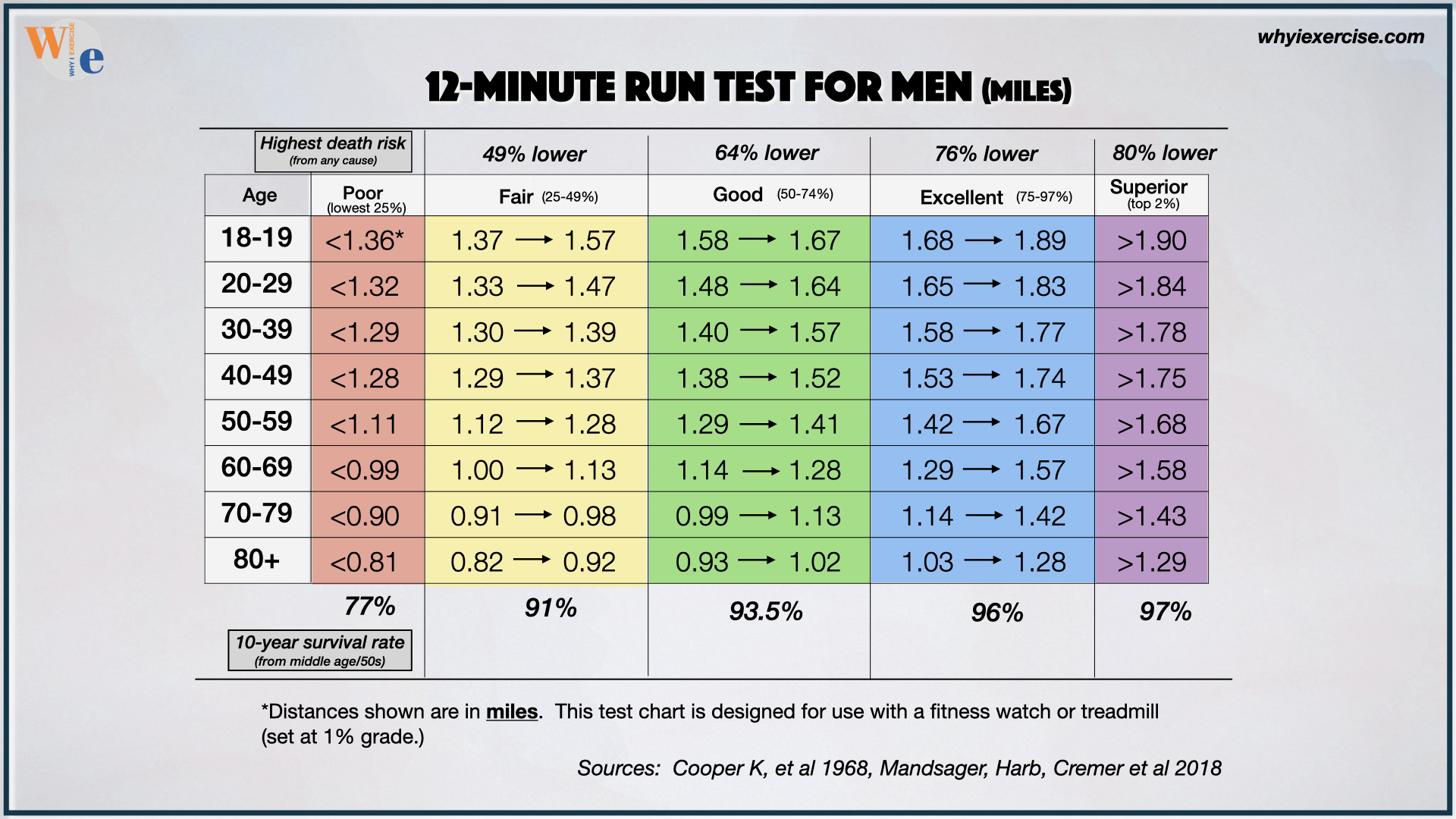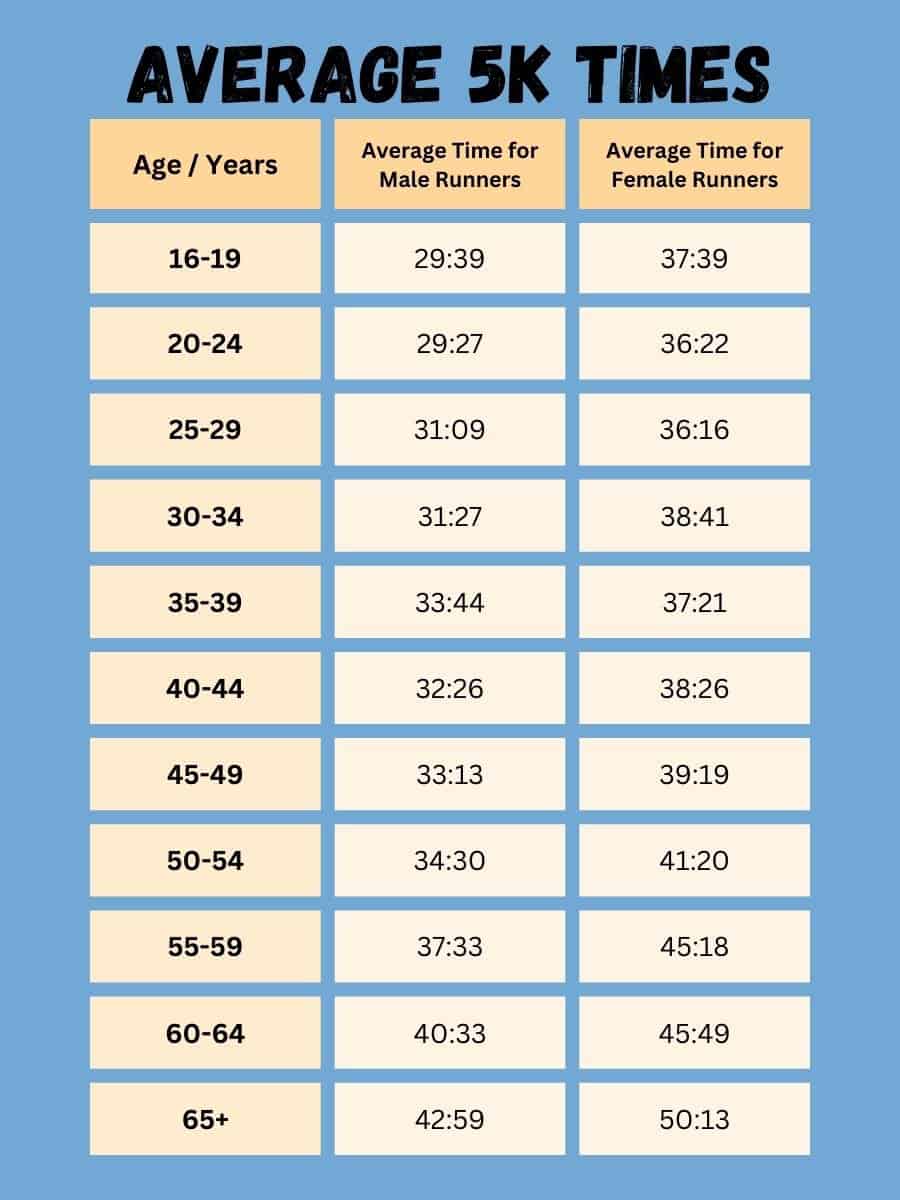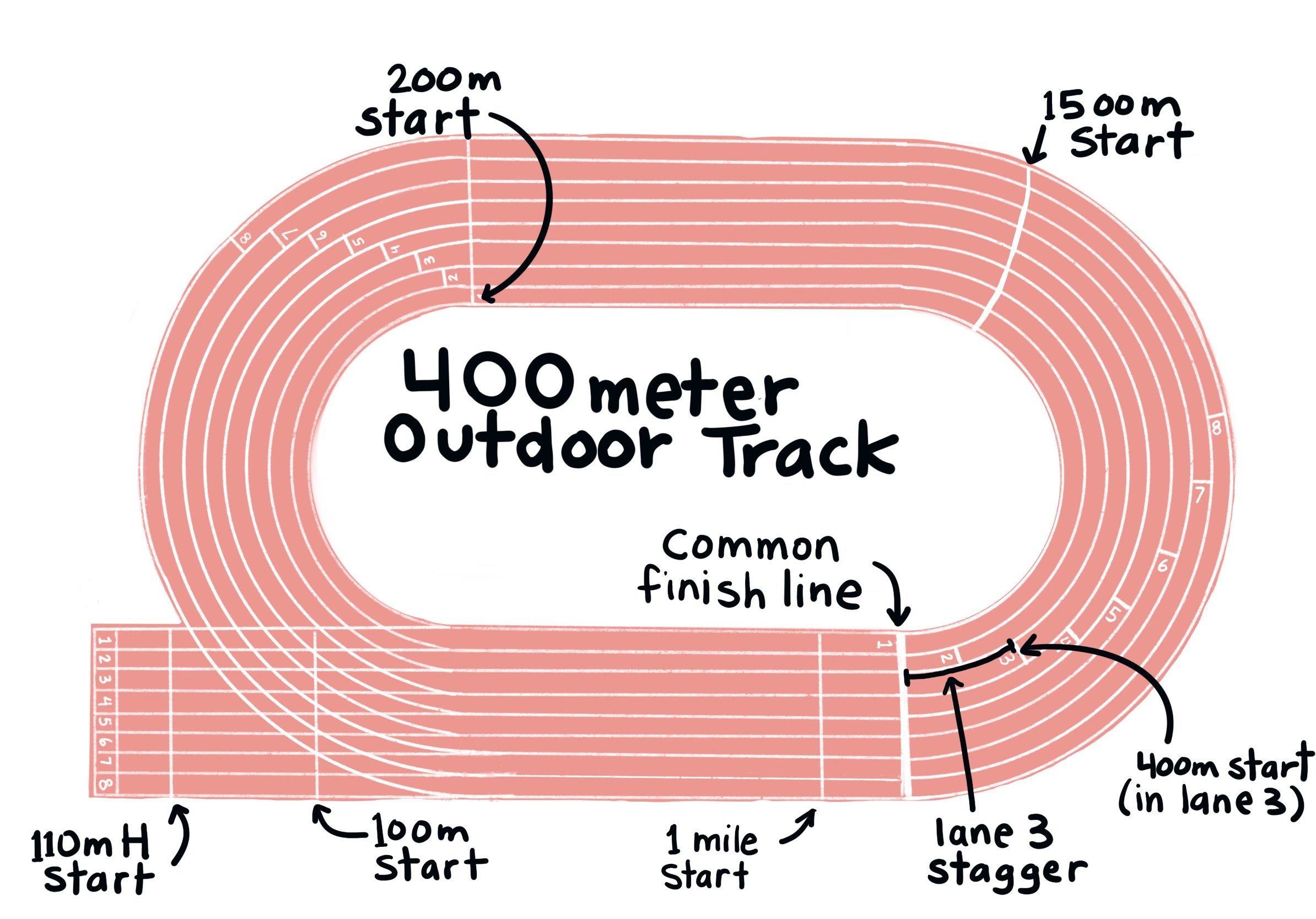Understanding the Mile Run: A Common Measure of Fitness
The mile run is a classic measure of cardiovascular fitness and endurance, with a rich history that spans various fields, including sports, military, and law enforcement. Its origins can be traced back to the early 20th century when it was used as a standard test to evaluate the physical fitness of military recruits. Over time, the mile run has evolved into a popular fitness benchmark, allowing individuals to gauge their overall cardiovascular health and progress.
In sports, the mile run is a common event in track and field competitions, showcasing the prowess of both amateur and professional athletes. For instance, the “Mile” is a prestigious race in the Diamond League, an annual series of elite track and field meetings. Moreover, the mile run holds a unique place in popular culture, with numerous world records and memorable performances that continue to inspire runners worldwide.
Beyond sports, the mile run serves as a valuable tool for assessing the fitness levels of military personnel and law enforcement officers. For example, the U.S. Army Physical Fitness Test includes a 2-mile run as one of its components, while police departments often require candidates to complete a 1.5-mile run as part of their physical examinations. By establishing a standard measure of fitness, these organizations can ensure that their personnel are physically prepared for the demands of their respective roles.
When discussing “what is an average mile time,” it is essential to consider factors such as age, gender, and overall fitness level. These variables can significantly influence an individual’s mile time, making it crucial to establish a personal baseline and set realistic goals for improvement. In the following sections, we will delve deeper into these factors and provide guidance on assessing and enhancing your mile time.
The Role of Age, Gender, and Fitness Level in Mile Time
When discussing “what is an average mile time,” it is crucial to consider the influence of factors such as age, gender, and overall fitness level. These variables can significantly impact an individual’s mile time, making it essential to establish a personal baseline and set realistic goals for improvement.
Age plays a considerable role in determining an individual’s mile time, as physical capabilities tend to decline with age due to physiological changes. For example, muscle mass and lung function typically decrease over time, leading to a slower running pace. However, this does not mean that older runners cannot maintain or improve their mile times. Regular exercise, a balanced diet, and targeted training can help mitigate the effects of aging and enable individuals to maintain a respectable mile time throughout their lives.
Gender is another factor that contributes to variations in mile times. On average, male runners tend to have a faster mile time than their female counterparts due to physiological differences, such as muscle mass, lung capacity, and hormonal profiles. Nonetheless, individual performance can vary widely, and many female runners consistently outperform their male counterparts. It is essential to recognize that gender should not be a limiting factor in setting and achieving mile time goals.
Overall fitness level is perhaps the most significant determinant of an individual’s mile time. A higher fitness level generally correlates with a faster mile time, as the body becomes more efficient at utilizing oxygen, generating energy, and removing metabolic waste. Regular exercise, proper nutrition, and adequate rest are vital components of improving one’s fitness level and, consequently, mile time. By focusing on these elements, runners can systematically enhance their performance and achieve their mile time goals.
When considering “what is an average mile time,” it is important to remember that averages can be misleading, as they do not account for individual differences in age, gender, and fitness level. Instead, focus on establishing a personal baseline and setting realistic, incremental goals for improvement. By doing so, runners can optimize their training, celebrate their progress, and ultimately, reach their full potential as athletes.
How to Establish a Personal Baseline: Assessing Your Mile Time
To effectively track your progress and set realistic mile time goals, it is essential to establish a personal baseline by assessing your current mile time. Here, we provide a simple and safe procedure for evaluating your performance, along with tips on warming up, pacing, and cooling down.
Before attempting to assess your mile time, it is crucial to prepare your body by performing a proper warm-up. Begin with 5-10 minutes of light cardiovascular activity, such as jogging or brisk walking, to increase your heart rate and promote blood flow to your muscles. Follow this with dynamic stretches, such as leg swings, lunges, and high knees, to improve your range of motion and reduce the risk of injury.
Once adequately warmed up, you can begin your mile time trial. Ideally, this should be conducted on a track or a flat, measured course to ensure accuracy. If these are not available, you can use a GPS watch or a smartphone app to track your distance and time.
During the trial, focus on maintaining a consistent pace and proper running form. Aim to start slightly slower than your goal pace, then gradually increase your speed as you become more comfortable. This approach, often referred to as “negative splitting,” can help you avoid burning out too quickly and ensure a strong finish.
After completing your mile time trial, perform a cool-down routine to help your body recover and reduce muscle soreness. This should include 5-10 minutes of light cardiovascular activity, followed by static stretches targeting major muscle groups, such as hamstrings, quadriceps, and calves.
Establishing a personal baseline for your mile time is crucial for tracking your progress and setting realistic goals. By following the procedure outlined above, you can ensure an accurate assessment of your current fitness level and lay the foundation for improvement.
Breaking Down the Components: What Makes a Fast Mile Time
Achieving a fast mile time is the result of several interconnected components, each playing a crucial role in overall performance. By understanding these elements, runners can develop targeted strategies to improve their mile time and enhance their overall fitness.
Running economy is a key factor in determining a fast mile time. It refers to the amount of energy required to maintain a given pace and is influenced by factors such as biomechanics, muscle fiber type, and cardiovascular efficiency. By focusing on improving running economy, runners can become more efficient and conserve energy, ultimately leading to faster mile times.
Lactate threshold, the point at which lactic acid begins to accumulate in the bloodstream, is another critical component of a fast mile time. As lactic acid builds up, it can lead to muscle fatigue and hinder performance. By increasing one’s lactate threshold, runners can sustain a faster pace for longer periods, significantly improving their mile time.
Mental resilience is an often-overlooked aspect of a fast mile time. The ability to maintain focus, manage discomfort, and push through mental barriers is essential for success in any athletic endeavor. By cultivating mental resilience, runners can develop the fortitude necessary to maintain a strong pace and overcome the inevitable challenges that arise during a mile time trial.
In summary, a fast mile time is the result of a harmonious interplay between running economy, lactate threshold, and mental resilience. By focusing on improving these components, runners can develop a comprehensive strategy for enhancing their performance and achieving their mile time goals.
Strategies for Improving Mile Time: Training and Technique
To improve your mile time, consider incorporating a variety of targeted training methods and technique refinements. By focusing on specific aspects of your performance, you can enhance your overall fitness and efficiency, ultimately leading to faster mile times.
Interval training is an effective strategy for improving running economy and lactate threshold. This approach involves alternating between periods of high-intensity running and lower-intensity recovery. For example, you might run 400 meters at a challenging pace, followed by a 400-meter jog to recover. By repeatedly pushing your body to work at high intensities, you can increase your running efficiency and lactate threshold, leading to a faster mile time.
Tempo runs, also known as threshold runs, involve maintaining a steady, challenging pace for an extended period. These runs help improve your lactate threshold by teaching your body to clear lactic acid more efficiently. By incorporating tempo runs into your training regimen, you can build the stamina necessary to sustain a faster pace throughout your mile time trial.
Strength exercises, such as squats, lunges, and deadlifts, can help improve your running form and power, leading to a faster mile time. By building lower body strength, you can maintain proper running form even when fatigued, reducing the risk of injury and improving overall efficiency.
Proper running form and breathing techniques are also essential for a fast mile time. Focus on maintaining an upright posture, engaging your core, and landing midfoot. Additionally, practice diaphragmatic breathing, which involves using your diaphragm to draw air into your lungs, rather than relying solely on your chest muscles. This approach can help improve your lung capacity and oxygen utilization, leading to a faster mile time.
In summary, a combination of interval training, tempo runs, strength exercises, and proper running form and breathing techniques can help you improve your mile time. By focusing on these elements, you can develop a comprehensive strategy for enhancing your performance and achieving your fitness goals.
Inspirational Examples: Notable Mile Time Achievements
Exploring the achievements of elite runners can provide valuable insights into the dedication, discipline, and determination required to reach impressive mile time milestones. Here, we share stories of notable mile time achievements and encourage readers to set personal goals and work towards improvement.
One such achievement comes from Roger Bannister, who, in 1954, became the first person to run a sub-4-minute mile. His time of 3 minutes and 59.4 seconds shattered the previous record and stood as a seemingly insurmountable barrier for years. Bannister’s accomplishment not only demonstrated the power of human potential but also inspired countless runners to push their limits and strive for greatness.
In more recent times, Hicham El Guerrouj of Morocco set the current world record for the mile in 1999, with a time of 3:43.13. El Guerrouj’s record-breaking performance showcased the impact of modern training techniques and technology on athletic performance. His achievement serves as a testament to the ongoing pursuit of excellence in the realm of distance running.
For women, Sifan Hassan of the Netherlands currently holds the world record, with a time of 4:12.33, set in 2019. Hassan’s performance highlights the continued progression of women’s athletics and the narrowing gap between male and female records. Her achievement is a powerful reminder that, with dedication and hard work, anyone can strive for greatness and make history in their chosen field.
By examining these inspirational examples, we can better understand the commitment and perseverance required to achieve a notable mile time. As you embark on your own fitness journey, remember that progress is a process, and every step, no matter how small, brings you closer to your goals.
Maintaining Perspective: The Value of Progress Over Perfection
As you work towards improving your mile time, it’s essential to maintain a healthy perspective and recognize that progress, not perfection, is the ultimate goal. By focusing on consistent improvement and celebrating small victories, you can cultivate a positive mindset and foster long-term success in your fitness journey.
To begin, establish realistic goals based on your current fitness level and the factors that influence your mile time, such as age, gender, and overall fitness. Acknowledge that achieving a “decent” mile time will differ for each individual, and be patient with yourself as you work towards your personal best.
Next, embrace the concept of progress over perfection by celebrating small victories along the way. This might include shaving a few seconds off your mile time, completing a challenging training session, or simply maintaining consistency in your workouts. By recognizing and appreciating these achievements, you can build confidence and stay motivated throughout your journey.
Additionally, be prepared to face setbacks and challenges as you work towards a faster mile time. Injuries, illness, or periods of low motivation can hinder progress, but it’s crucial to view these obstacles as opportunities for growth and learning. Reflect on the causes of these setbacks and adjust your training plan and mindset accordingly to prevent future occurrences.
Lastly, remember that consistency is key when it comes to improving your mile time. By committing to regular workouts and maintaining a balanced diet, you can create a strong foundation for long-term success. Over time, these consistent efforts will compound, leading to noticeable improvements in your mile time and overall fitness.
In conclusion, maintaining a focus on progress over perfection is essential when working towards a faster mile time. By setting realistic goals, celebrating small victories, learning from setbacks, and committing to consistency, you can cultivate a positive mindset and achieve your fitness objectives.
Additional Resources: Exploring Mile Time Further
For those interested in delving deeper into the world of mile times, training techniques, and fitness improvement, we’ve compiled a list of valuable resources to help guide your journey. These books, websites, and mobile apps offer a wealth of knowledge and practical advice for runners of all levels.
Books
“Born to Run” by Christopher McDougall: This captivating book explores the science and history of long-distance running, offering insights into the secrets of elite runners and the importance of proper running form.
“Advanced Marathoning” by Pete Pfitzinger and Scott Douglas: This comprehensive guide covers various aspects of marathon training, including mile time improvement, interval training, and strength exercises.
Websites
RunnersWorld.com: This popular running website offers training plans, technique tips, and expert advice on various running-related topics, including mile time improvement.
McMillanRunning.com: Created by renowned running coach Greg McMillan, this website provides personalized training plans, technique analysis, and resources for runners of all abilities.
Mobile Apps
Nike Run Club: This free app offers training plans, guided runs, and social features to help you stay motivated and track your progress towards a faster mile time.
Strava: Strava is a popular fitness tracking app that allows you to log your runs, analyze your performance, and connect with a community of runners for support and motivation.
By exploring these additional resources, you can expand your knowledge, refine your training techniques, and continue making progress towards your mile time goals. Remember, consistent effort and a commitment to improvement will ultimately lead to success in your running journey.








